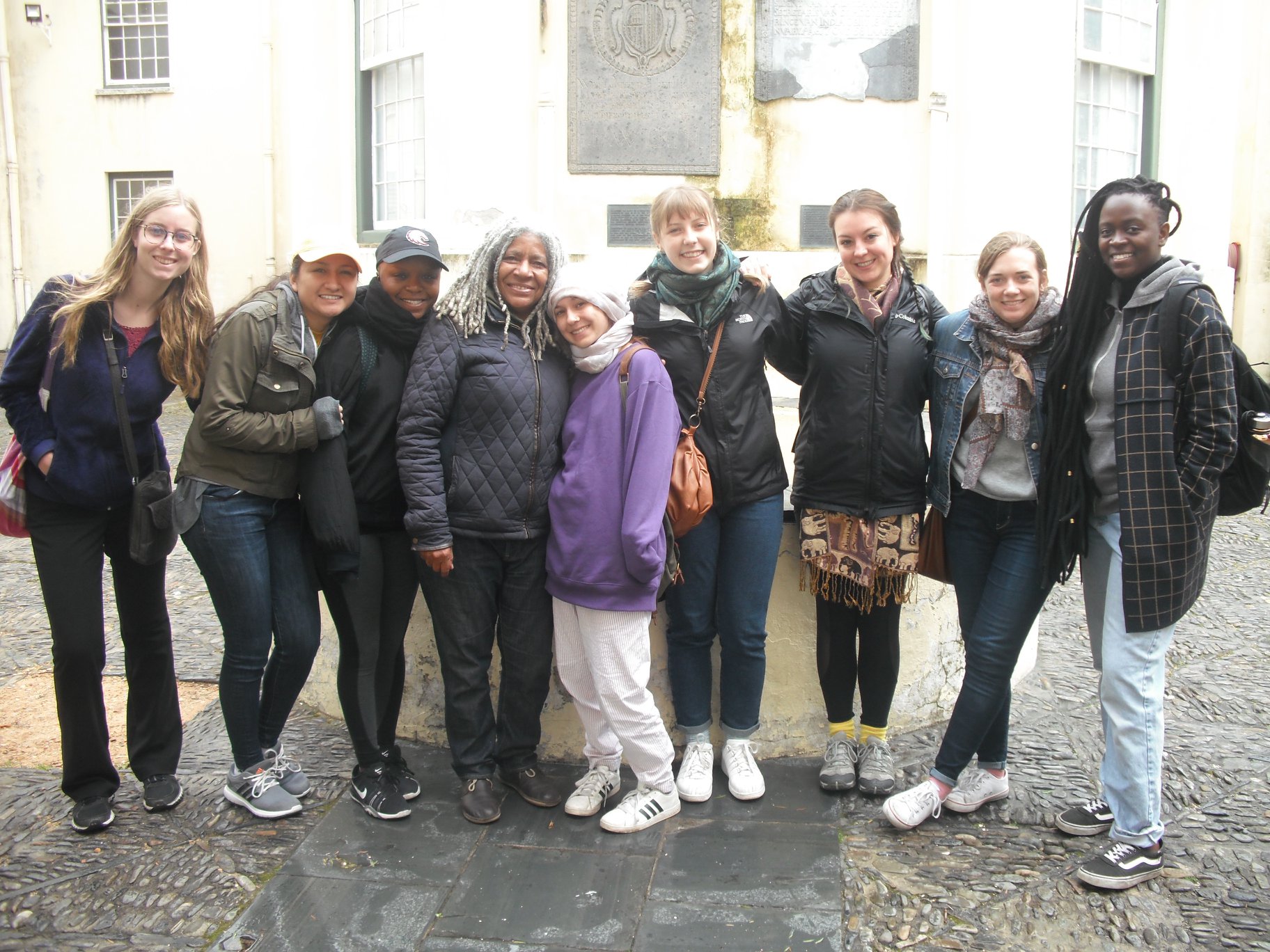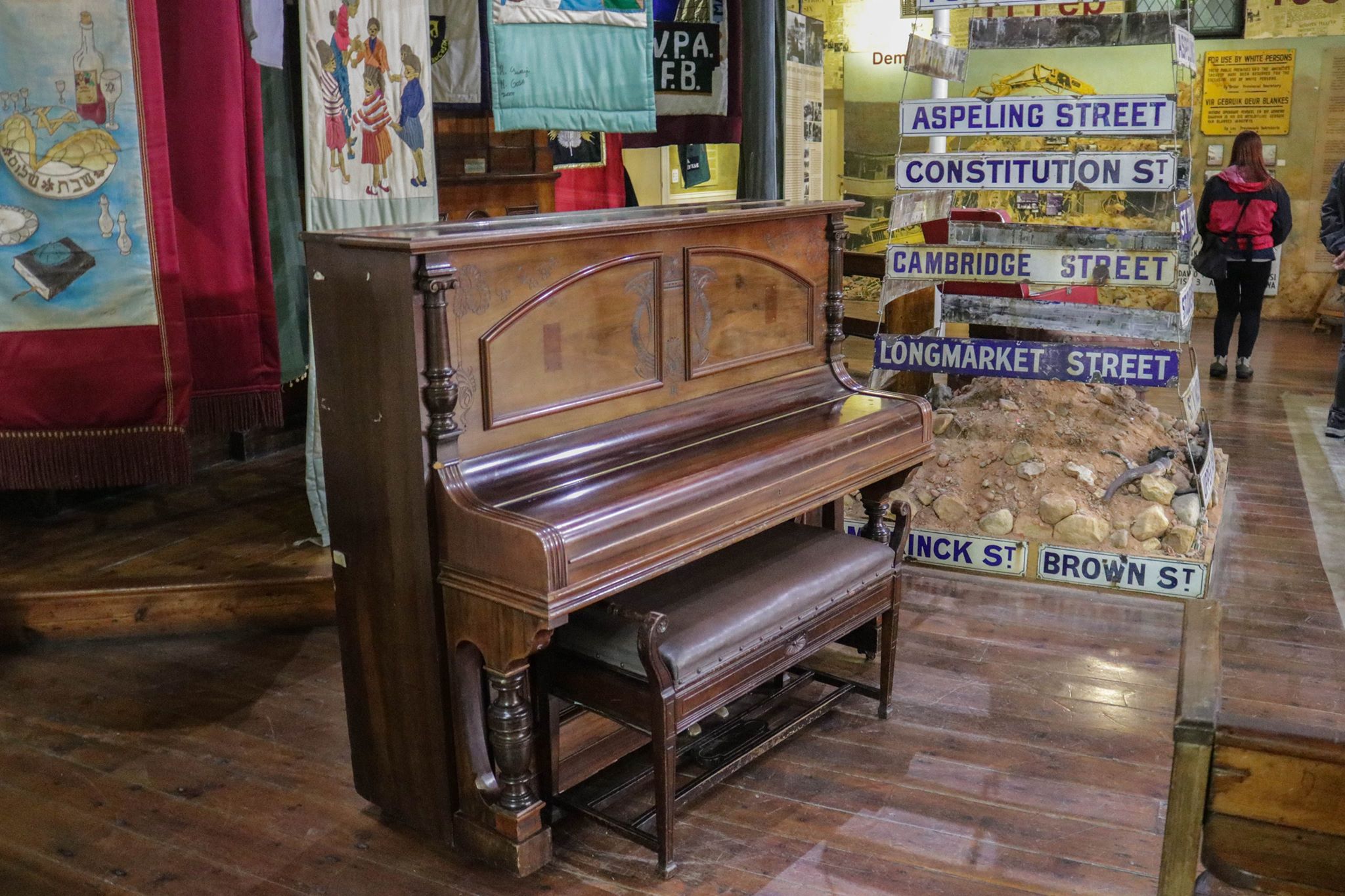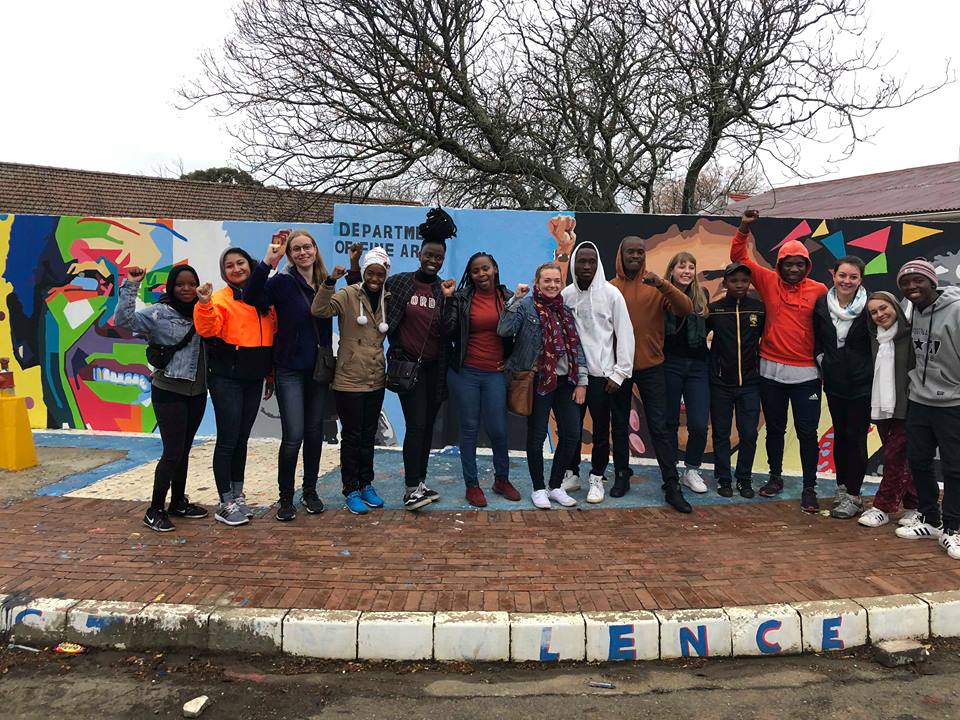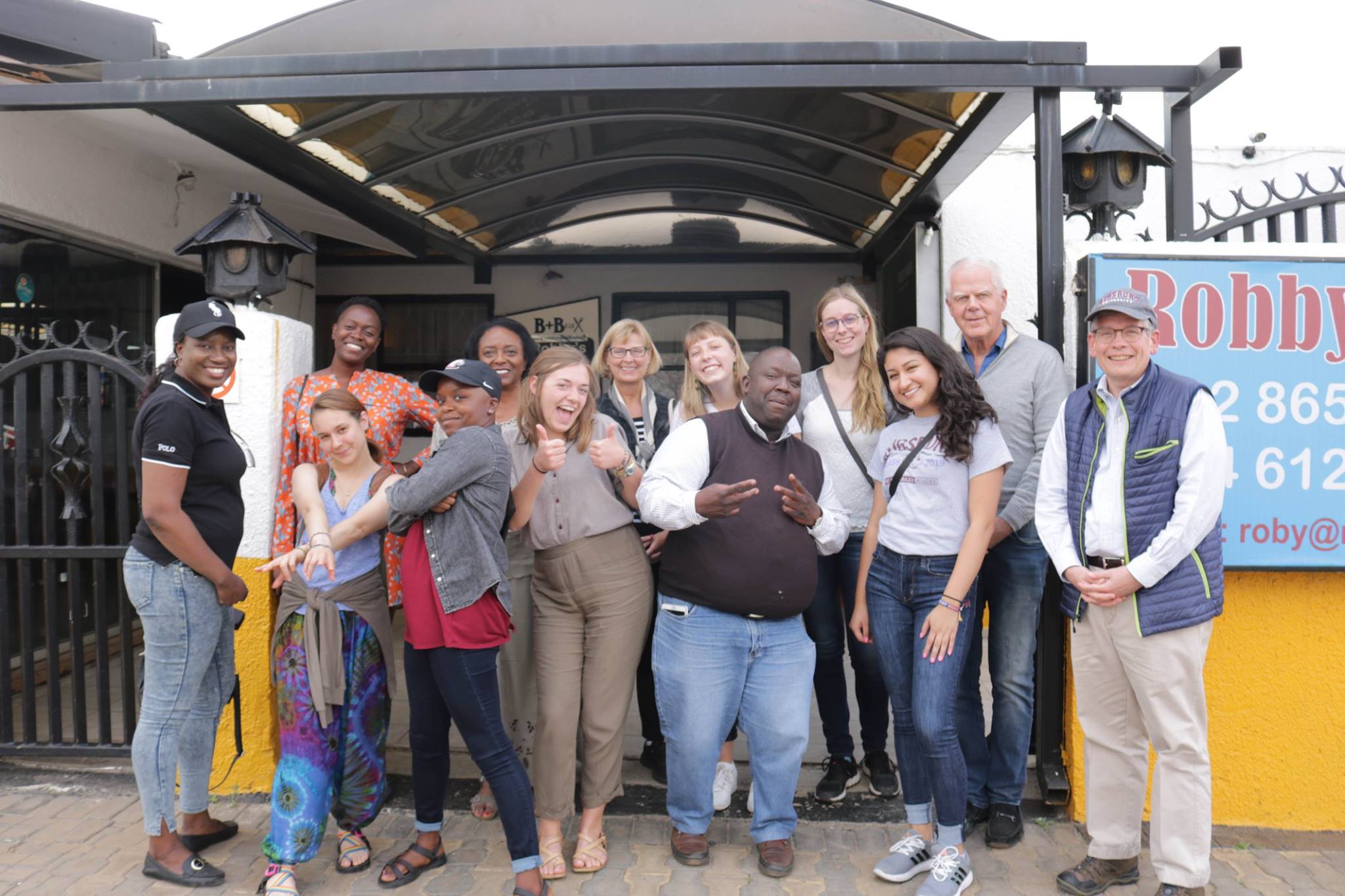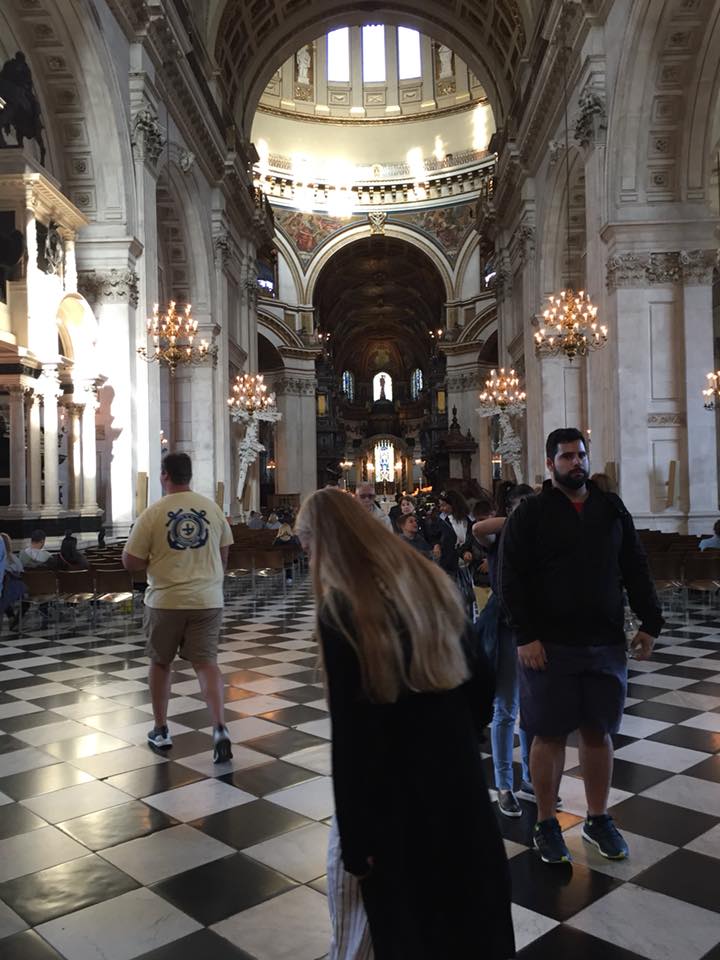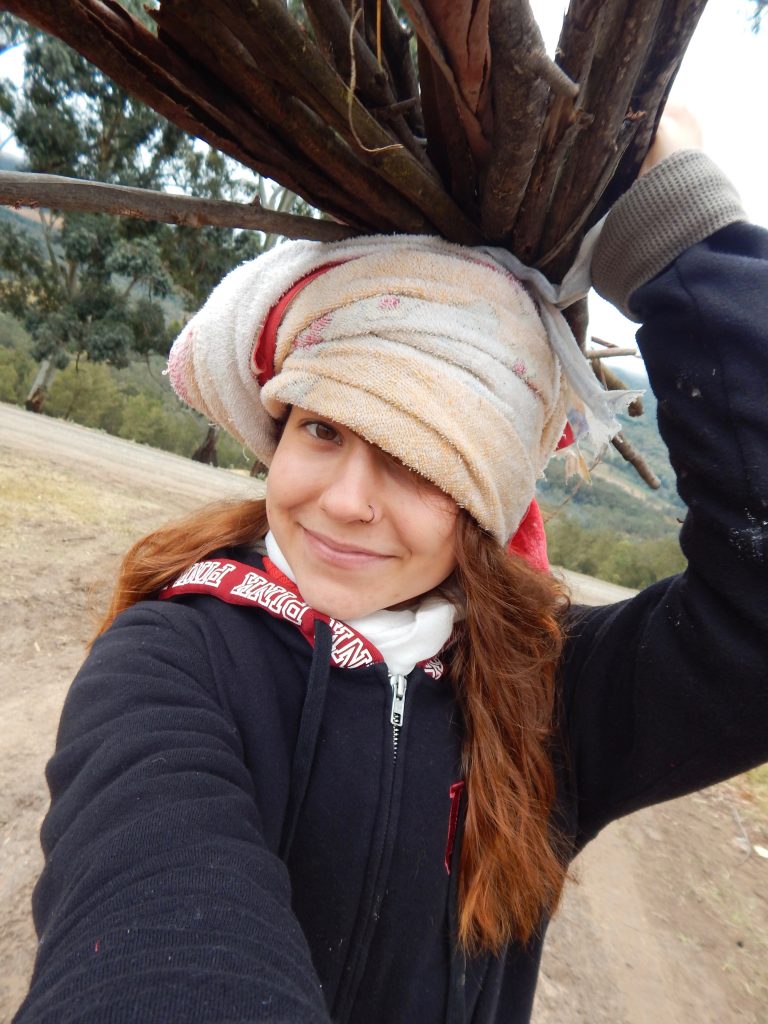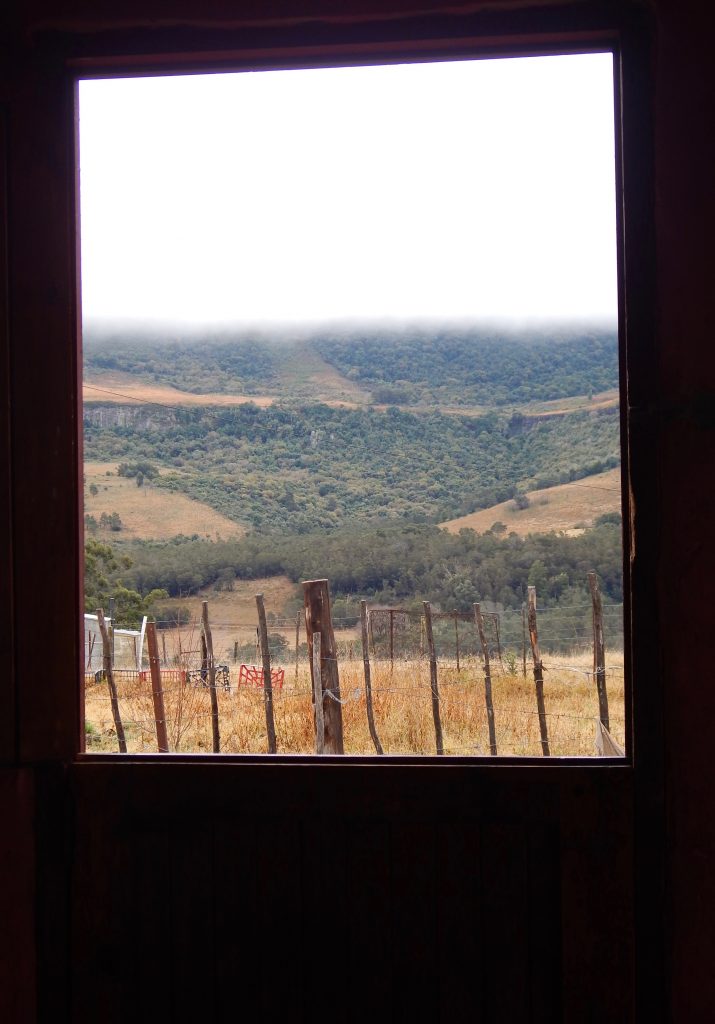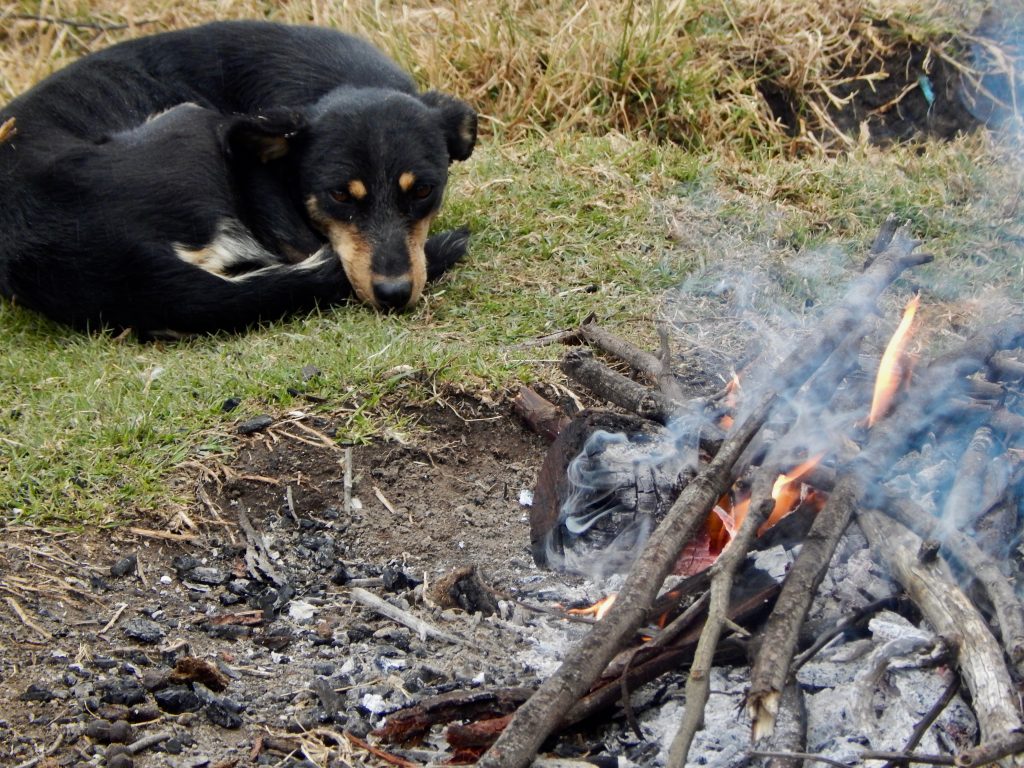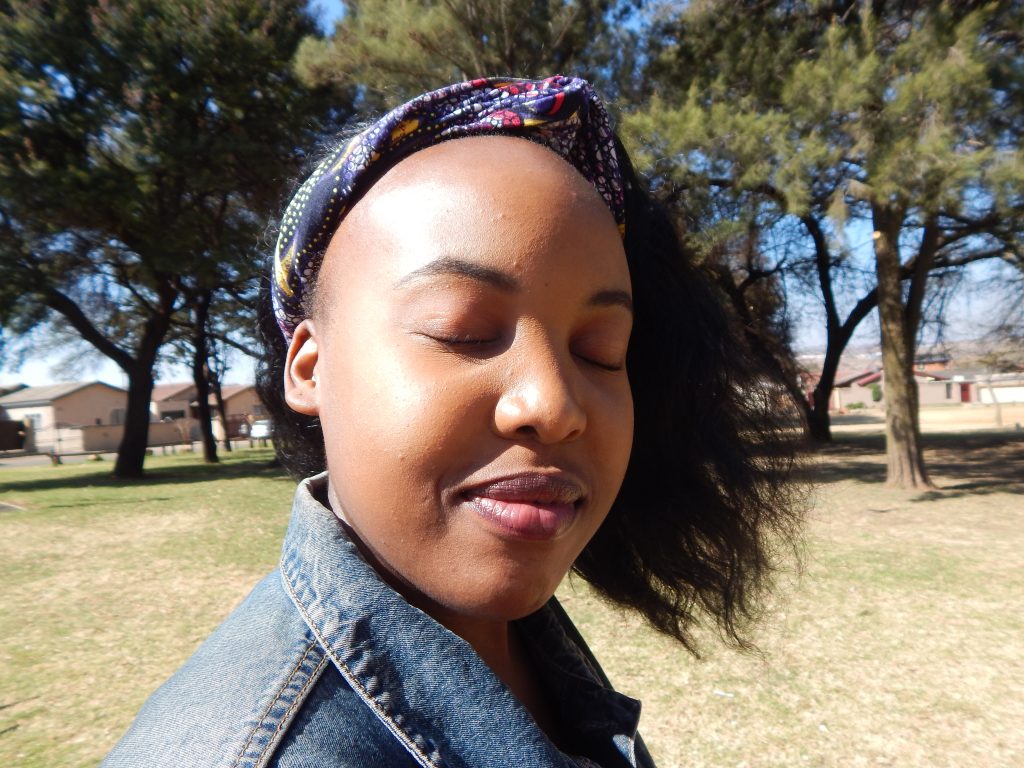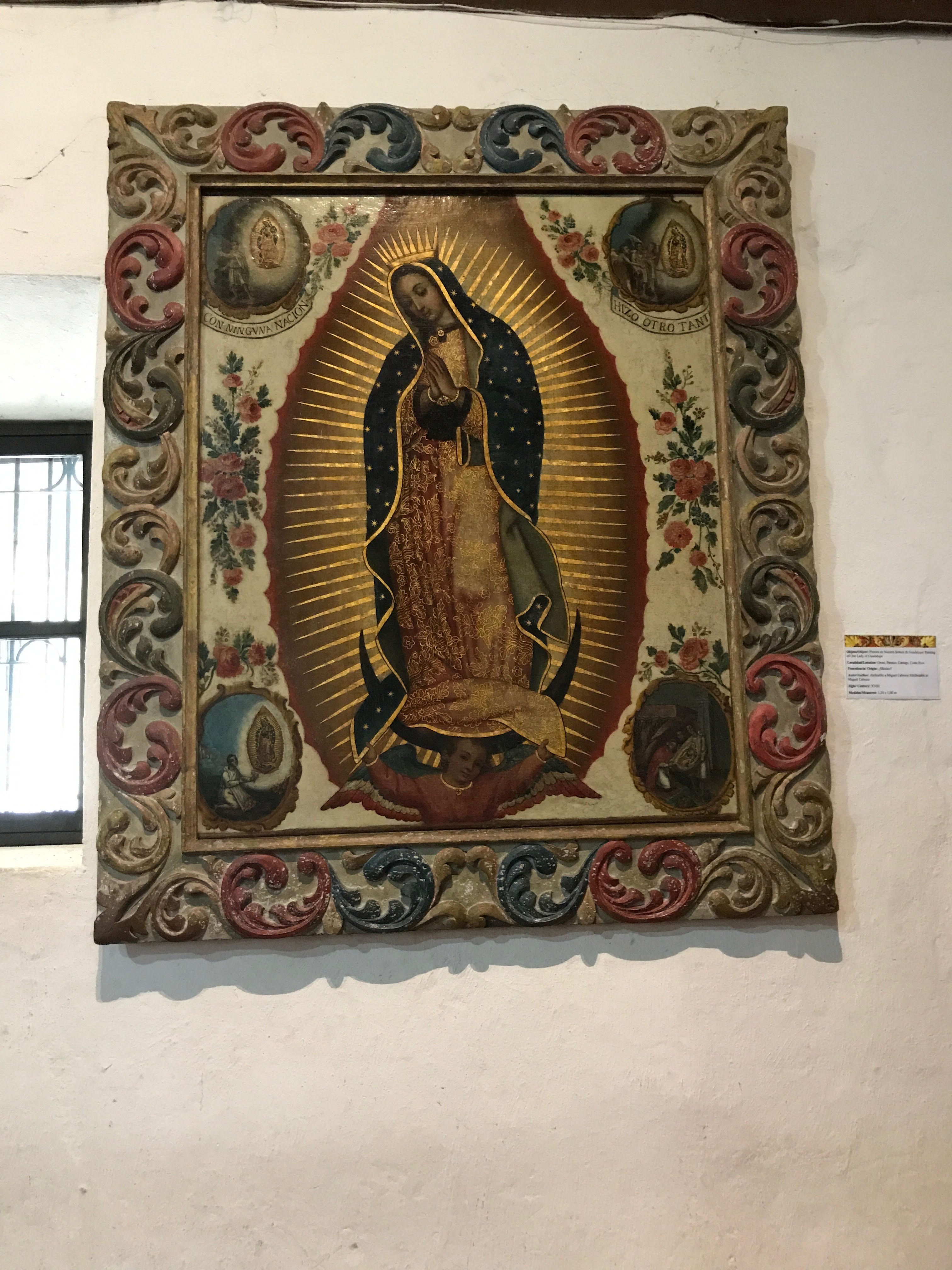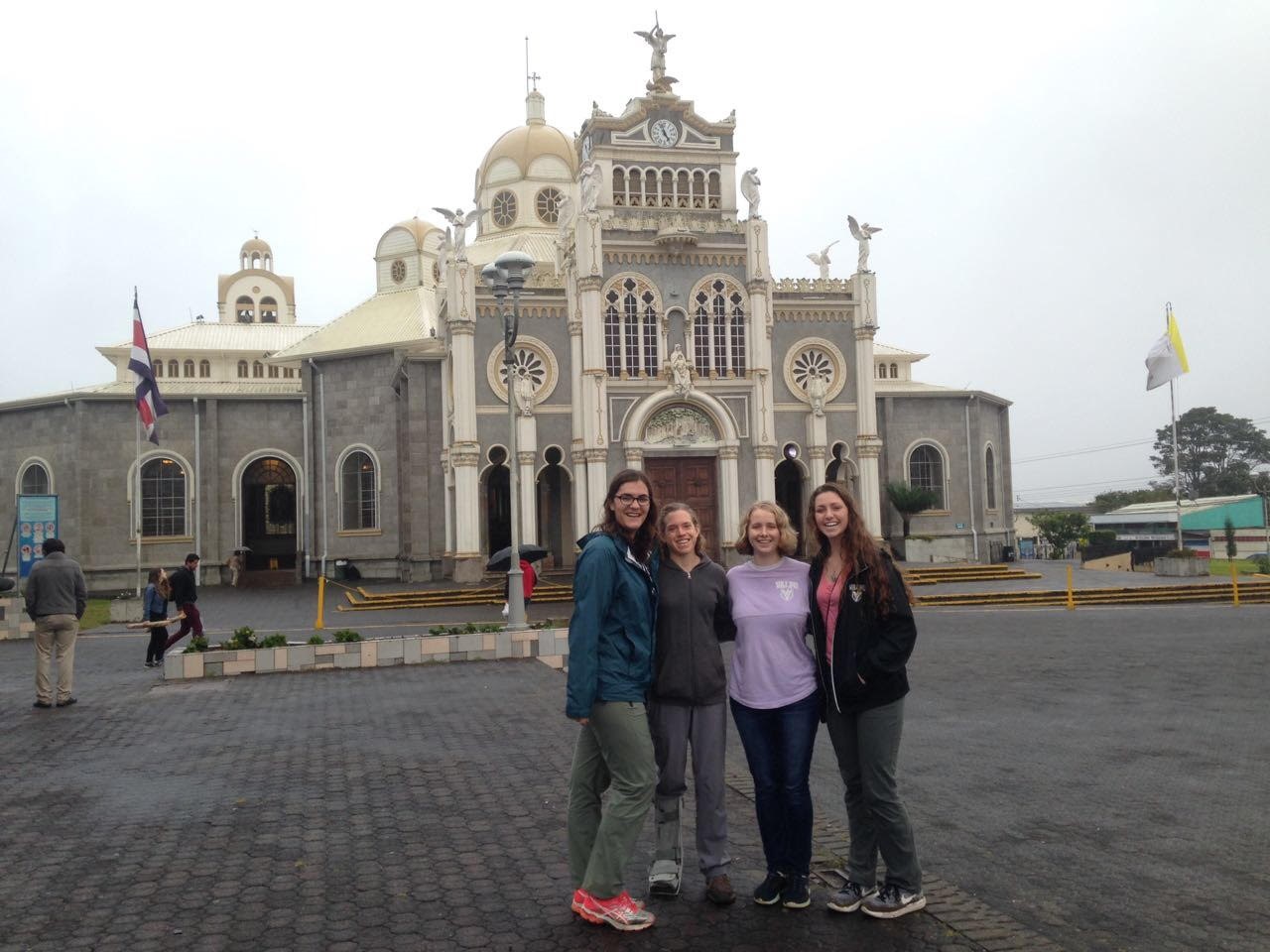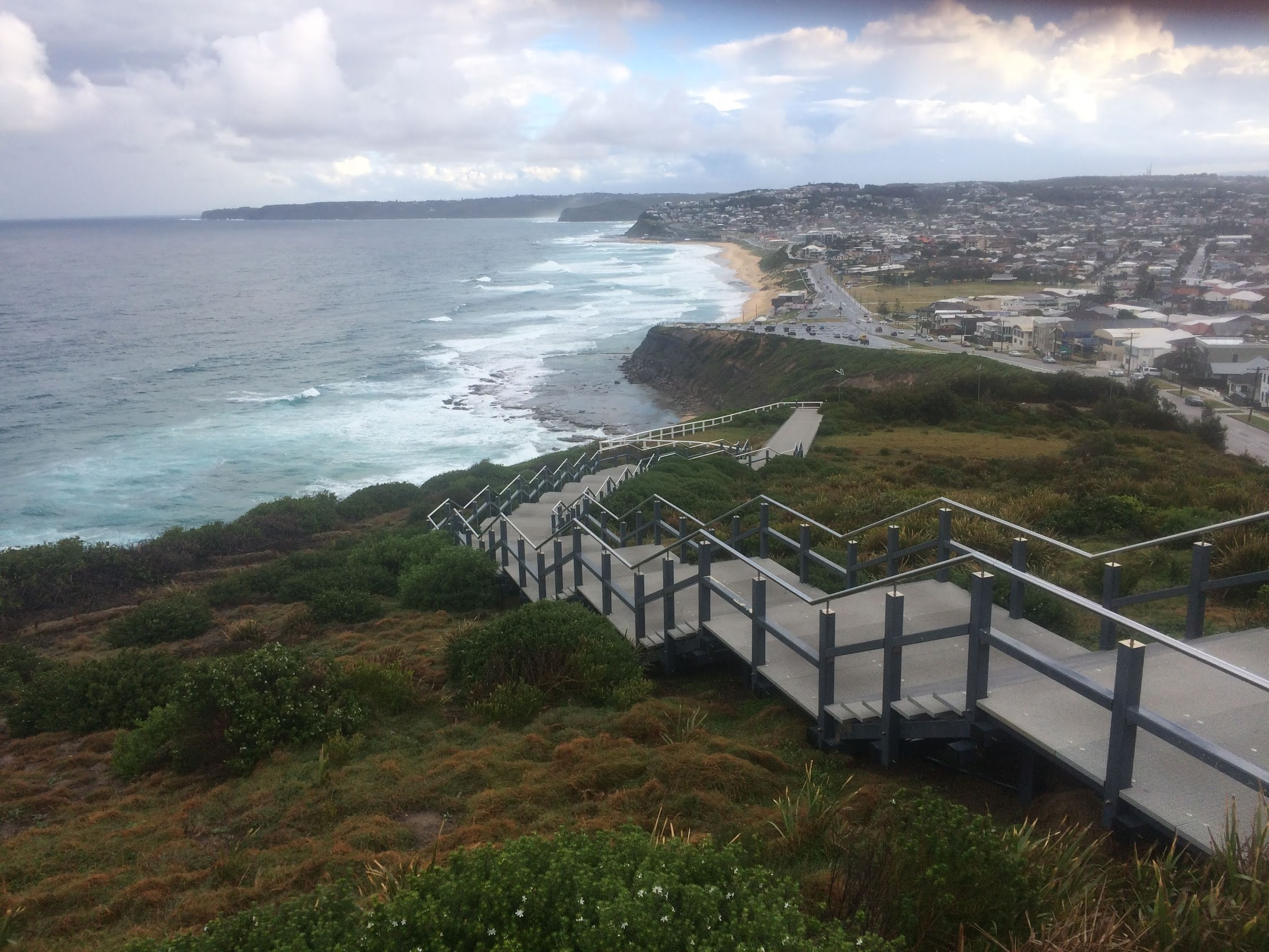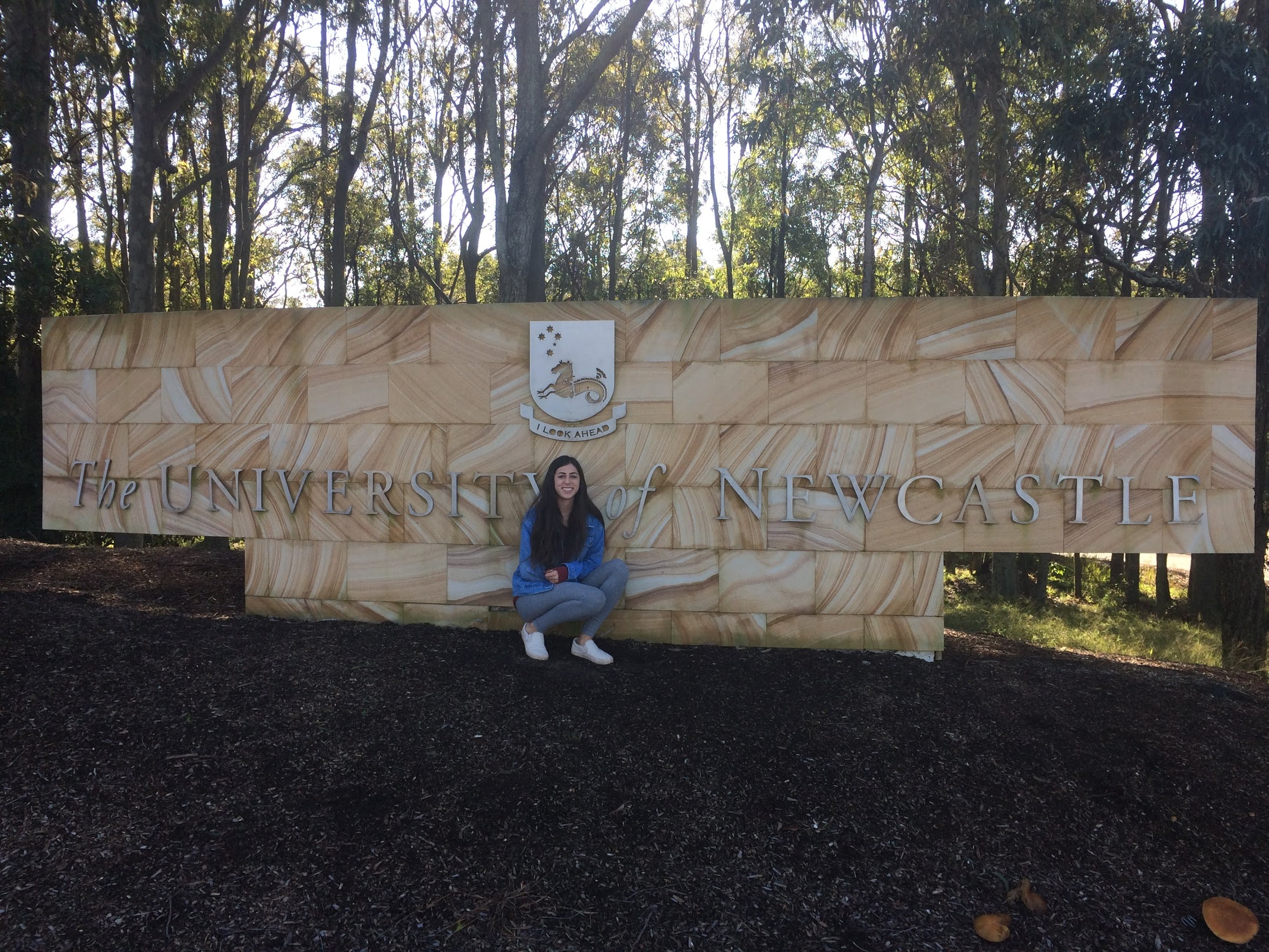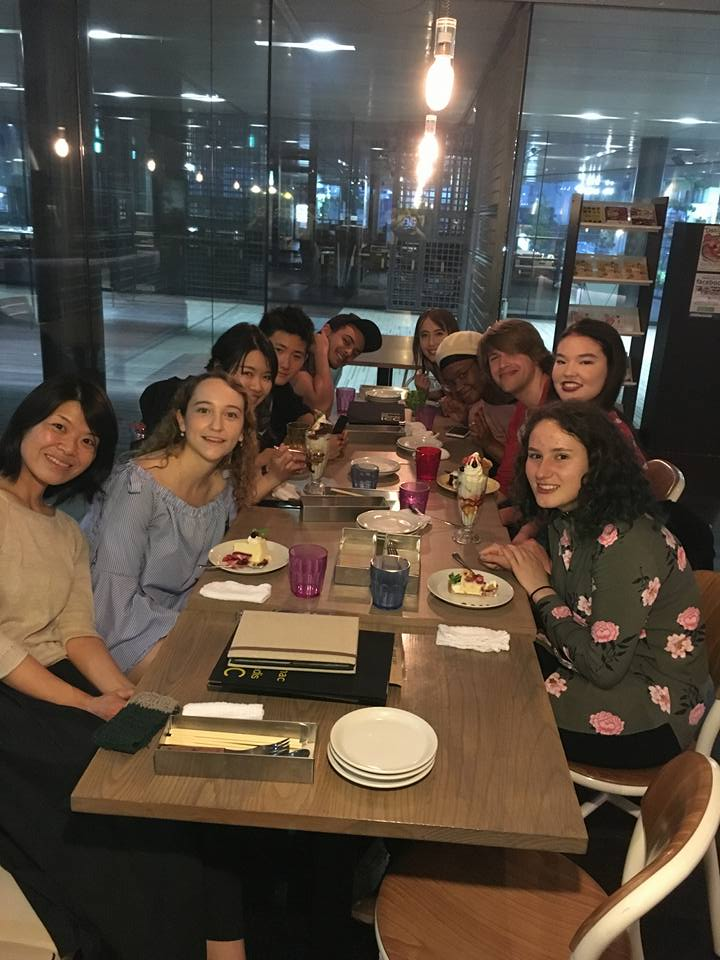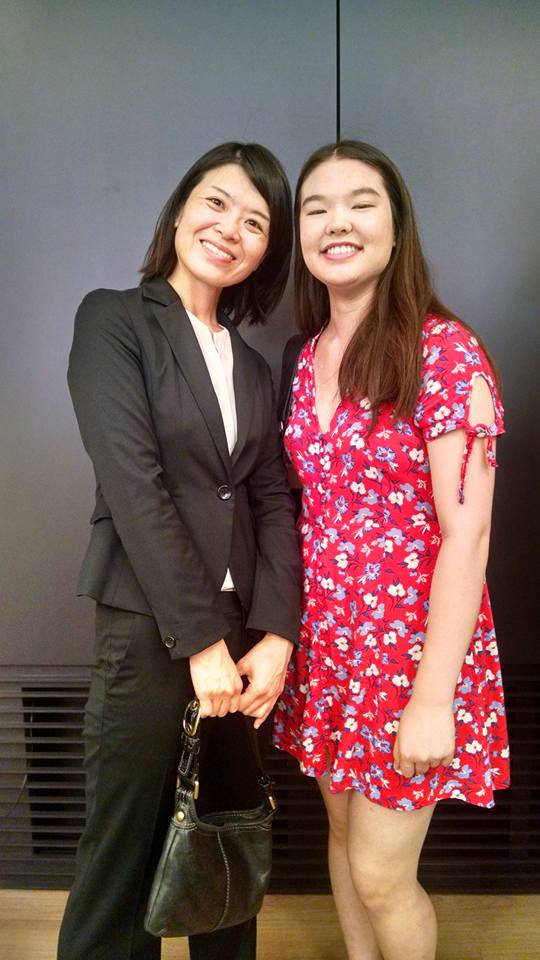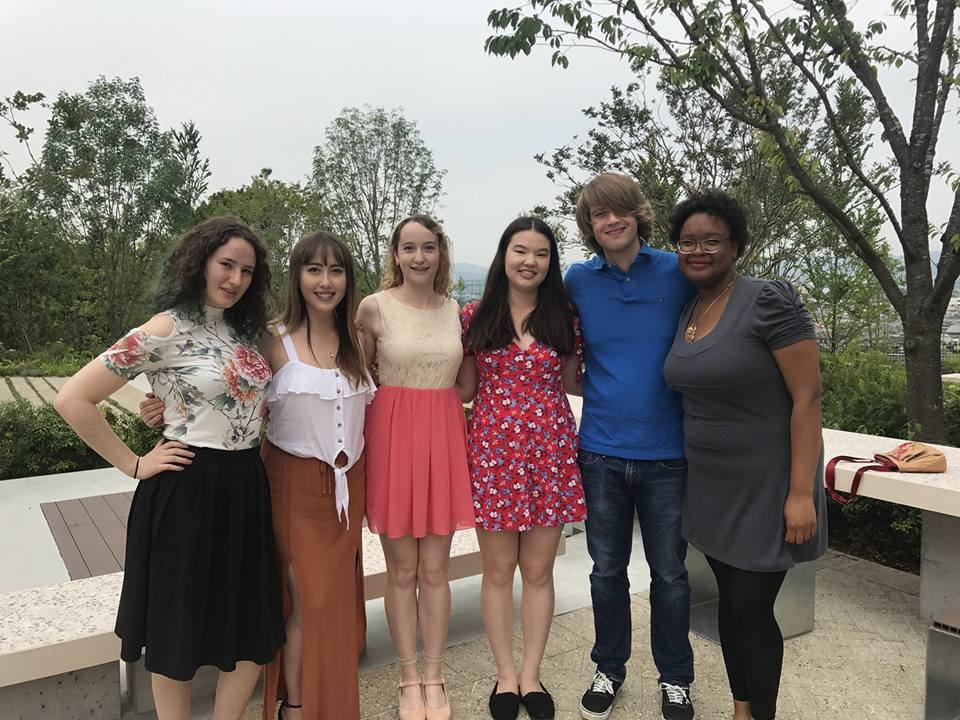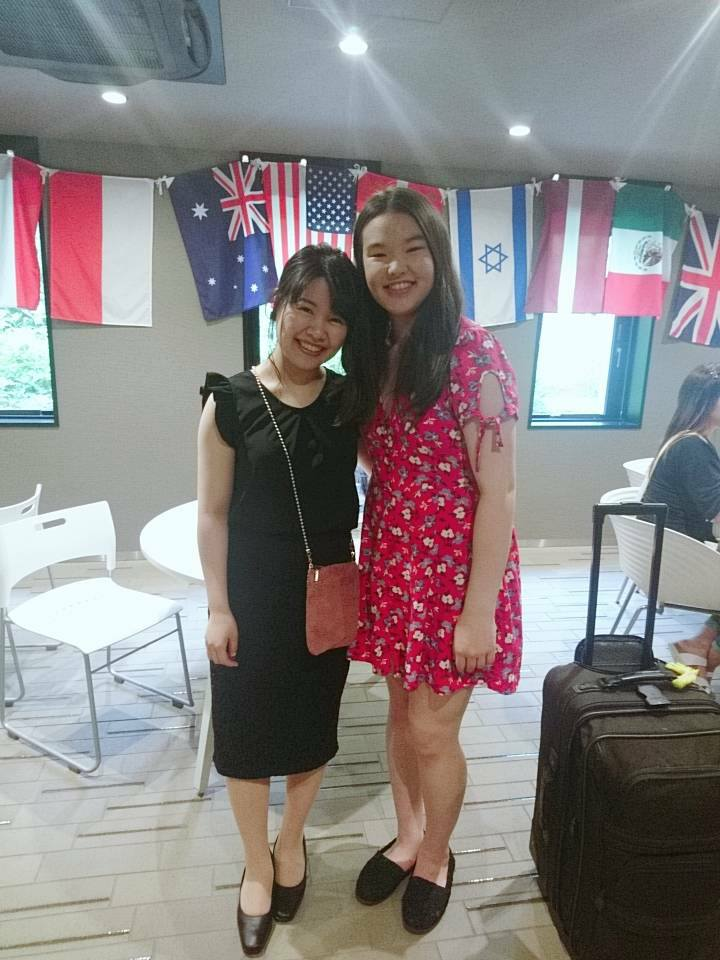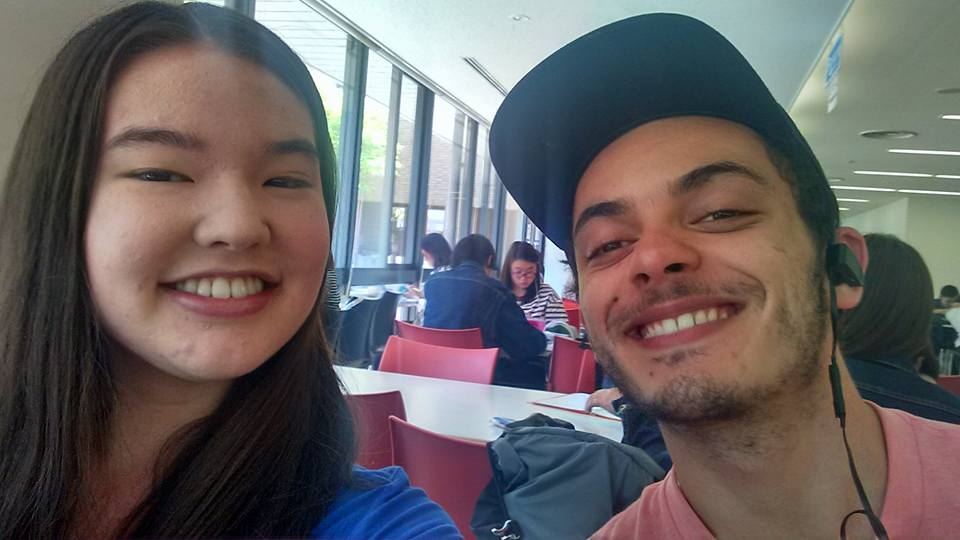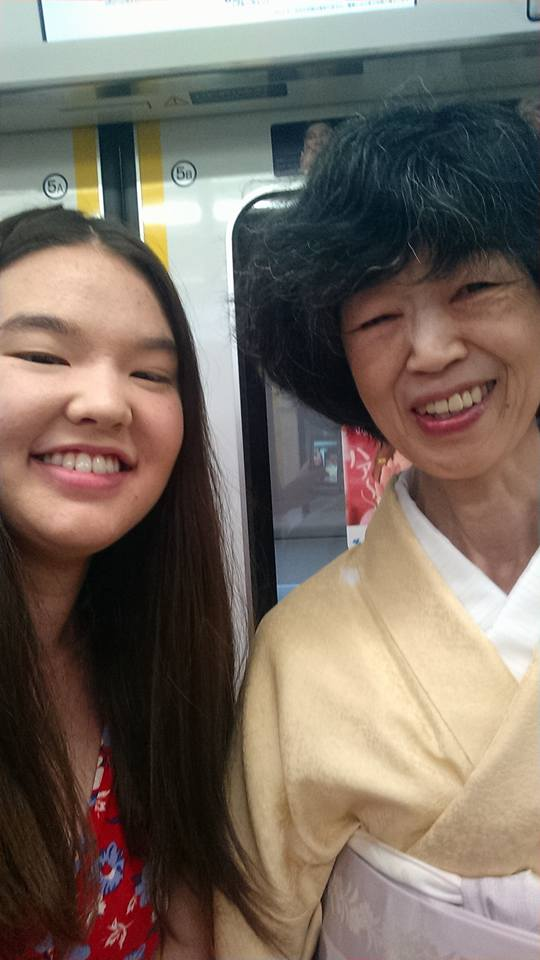Author: Shannon Ilg
Location: Reutlingen Germany
I had never set foot outside the United States before, and now I’m here, in Europe, where I don’t speak the language and it’s great! I have really enjoyed getting to know the area and it’s already beginning to feel like home.
Below is a collection of pictures I took daily of the beautiful, strange, and mundane for me, your good-ol’ average Valpo student. I hope you can take a moment to see and appreciate the little things I have photographed and maybe even be inspired to take on your own journey!
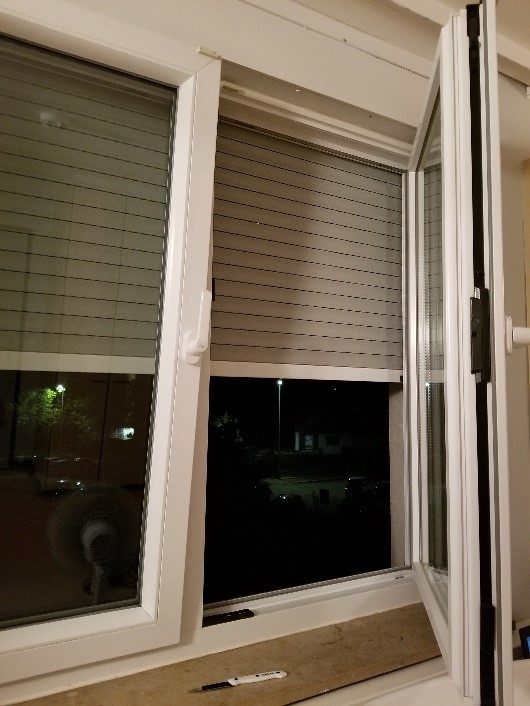
August 29, 2018
At the first night in Reutlingen, I was already amazed! The windows have no screens and they have a three-position handle that allows you to open them in two different ways: either wide open or cracked open at the top. You can also see the shade halfway down which comes in handy if you want your room pitch black in the middle of the day! It’s perfect for when you really just don’t want to get out of bed on a Sunday morning.
It’s also a good time to note the lack of air conditioning here in Germany. It’s really speaks for the environmental appreciation here, that harmful chemicals are not needed everywhere just to cool down a space. You just open the window and turn on a fan!
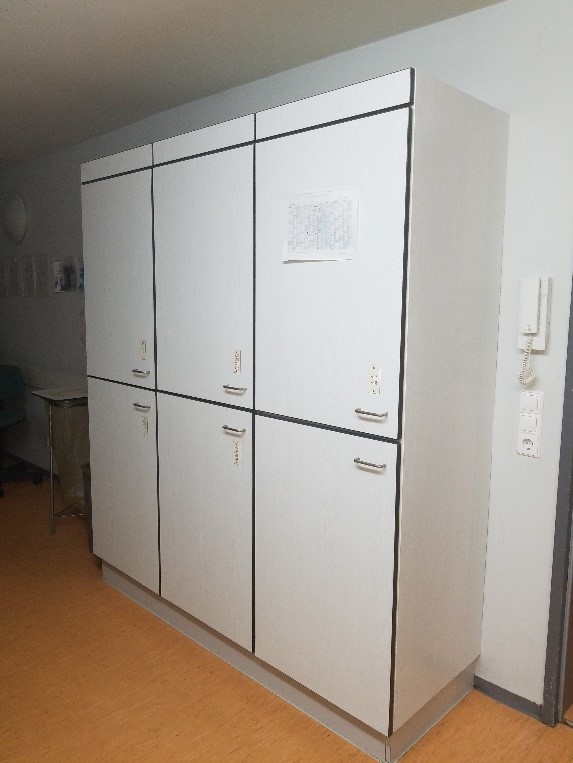
August 30, 2018
Believe it or not, these are the refrigerators. But they look so much like regular cabinets! Each is shared with four people on the floor, and the far-right bottom one is the freezer to share with all 16 people. On the left you can see the ‘gelber sack’, or yellow bag. It is the start of the intense garbage disposal process here. There are approximately a billion different categories that you can separate your garbage into including this bag, which is where you put any packaging, plastic or otherwise. Other separations include the bio waste, for any fruit or vegetable garbage, paper, batteries, and the restmull (everything else). There is also one day a year where old Christmas trees are collected, at least that is what I hear.

August 31, 2018
I am just surprised at how the cinder blocks are different. Not a big discovery, but it is certainly an interesting difference. Of course, the first couple days here I saw many subtle differences that you wouldn’t quite expect.
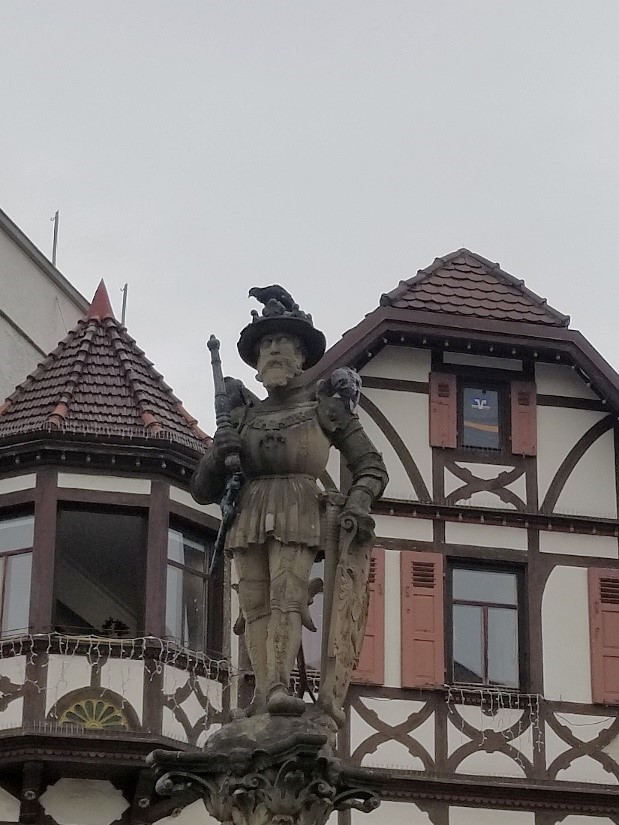
September 1, 2018
Here you can see the fountain statue in the middle of the square downtown. In the back is one of many beautiful examples of old German architecture. Some days you are the pigeon, and some days you are the statue.
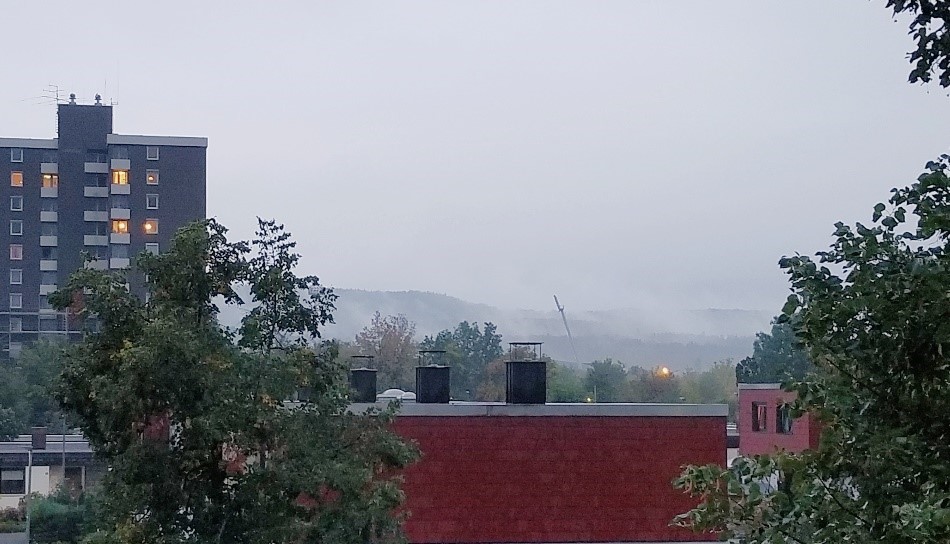
September 2, 2018
This is the view from the balcony on my floor. It’s especially beautiful with the fog rolling into the foothills.
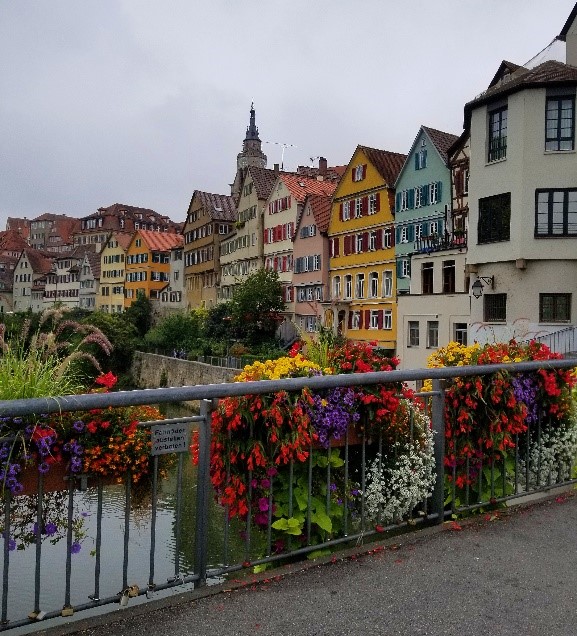
September 3, 2018
Our first city outside Reutlingen! Tubingen according to our guide was named the most beautiful city in Germany. It was truly beautiful, even though it was a bit overcast the day we went. But we got a lovely tour and a nice dinner.
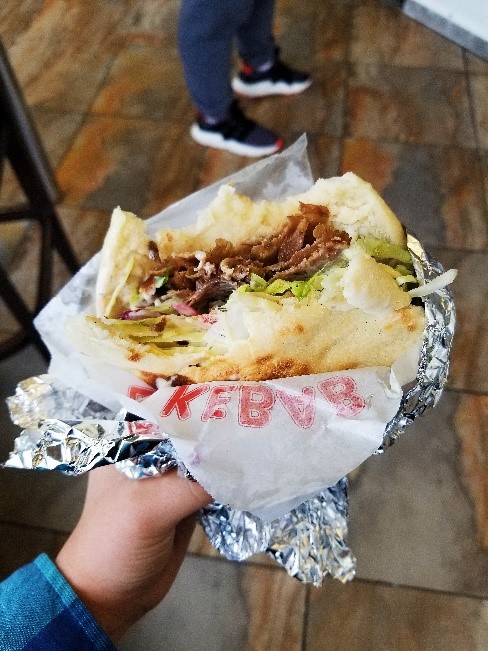
September 4, 2018
Meet the Doner! It’s like a Gyro, but with beef and cabbage instead of lamb and cucumber. They’re quite delicious, and not too expensive. They are the go-to food for college students here because it’s so close to campus. It’s also really interesting to see so many of these outlets scattered throughout the different cities in Germany.
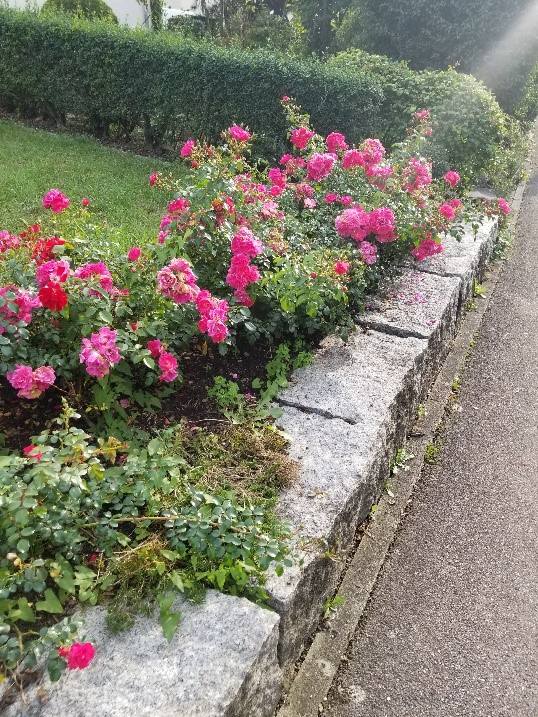
September 5, 2018
There are so many beautiful flowers everywhere! Many locals make a point to take very good care of their gardens. It is always really nice to be going for a walk and to pass yard after yard of various plants and flowers that are all so different from the ones that I’m used to.

September 6, 2018
It’s so funny to me how the peanut butter is sold as an American food, with the flag on it. For the record, the sliced white bread also has an American flag on it!
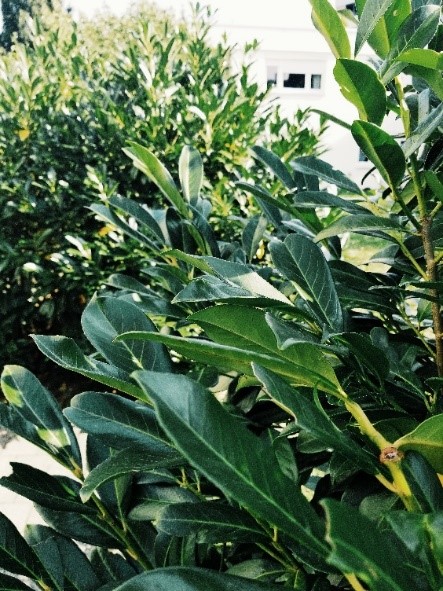
September 7, 2018
Once again, an example of the beautiful and well-kept gardens. These plants are particularly interesting to me, not only because they are so pleasant to look at, but they are so subtly different from the plants I see back in the United States.

September 8, 2018
This was our first walk through Berlin! The city was so different and exciting! Pointing into the sky you can see the Fernsehturm, a very distinctive tower in Berlin. You can see it from very far away and it was nice to know while wandering around that you could never get too lost as long as you could find your way back to the tower.
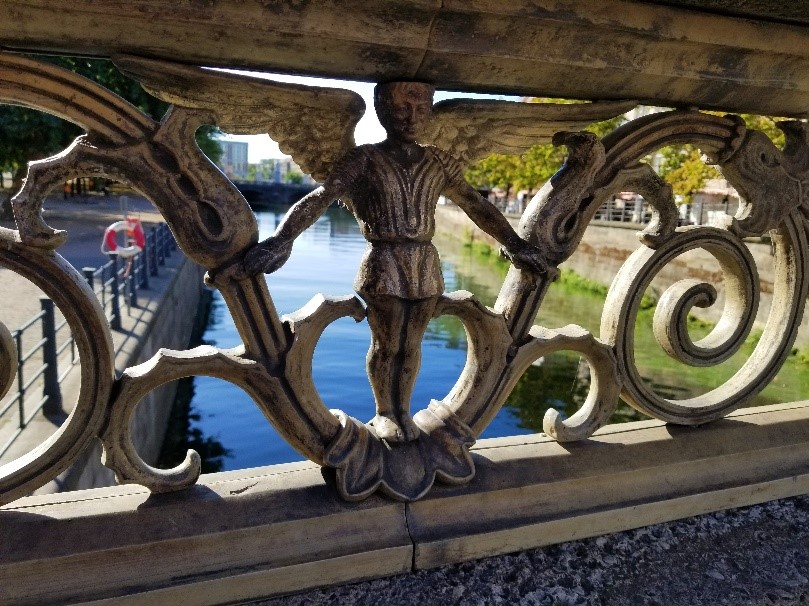
September 9, 2018
Here are the beautiful details of a bridge in Berlin overlooking a canal. You can tell how great the weather is!
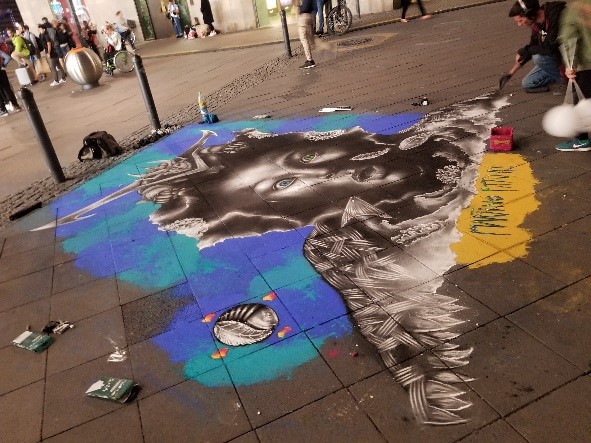
September 10, 2018
This is just some of the beautiful street art in the city. This guy had actually made two different versions of this on two separate days, and after a little while I noticed that there were actually several other faded versions all across the square.
Ooh, also a funny side story. On the top left corner of this picture you can see a pole about three feet high intended to stop vehicles from driving into the square. Anyways, when you are walking in a group of 20+ people, these little buggers come out of nowhere and will knock you right in the hip if you’re not careful. Take it from me… I finally began to notice them after running into them like four or five times.

September 11, 2018
This is just a picture of me, enjoying the sights Berlin has to offer! I was enjoying some street food from near our hotel. I had what is called ‘currywurst’; essentially it’s a sausage with barbecue sauce and curry powder and they taste absolutely amazing. And because it’s street food, they’re inexpensive, quick, and delicious. Hence my happy smile!

September 12, 2018
Our last day in Berlin came with a couple museums, including this industrial museum. In the picture is the proof that a teardrop shape has the best aerodynamics, at least of these four shapes. In this museum there were also really old trains and boats of all sizes—one of which was actually a shipwreck.
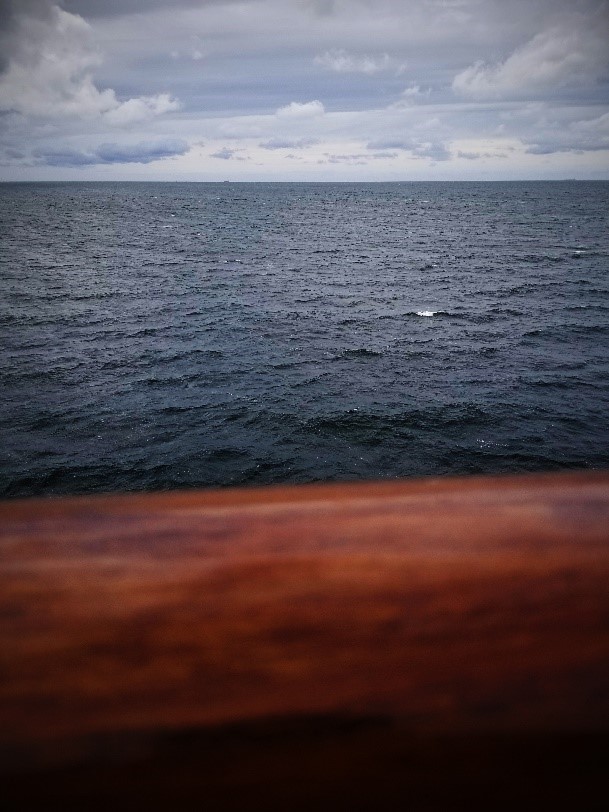
September 13, 2018
This was the trip from Germany to Denmark, where our train got a nice ride in the hull of a Ferry! I’ll say that again for those in the back… One moment I was on a train, the next we drove directly onto the ferry. What precision boating skills that takes to be able to have the train so well lined up with the boat! It was really nice, as well, to get off the train and stretch out a bit, while also getting to see the beautiful skies and waves.
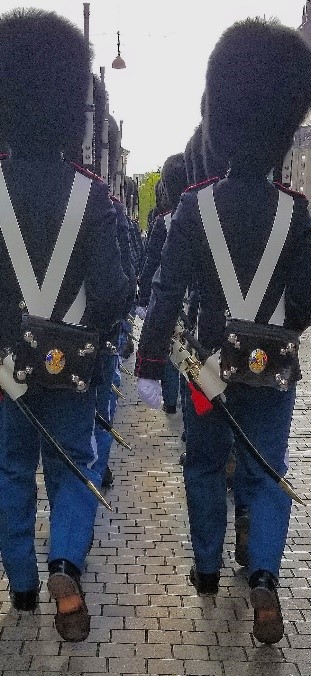
September 14, 2018
Next stop, Copenhagen! It was interesting to be walking along minding our own business and then BAM, we followed the Royal Guard for 45 minutes to the changing of the guards! It really was quite the unintentional, free tour. We ended up seeing a lot of pretty scenery through the city following the guard. Afterwards, we got fish from a nice little shop on a canal, and let me tell you… if you ever get the chance, spare the time and eat some fish from Copenhagen!
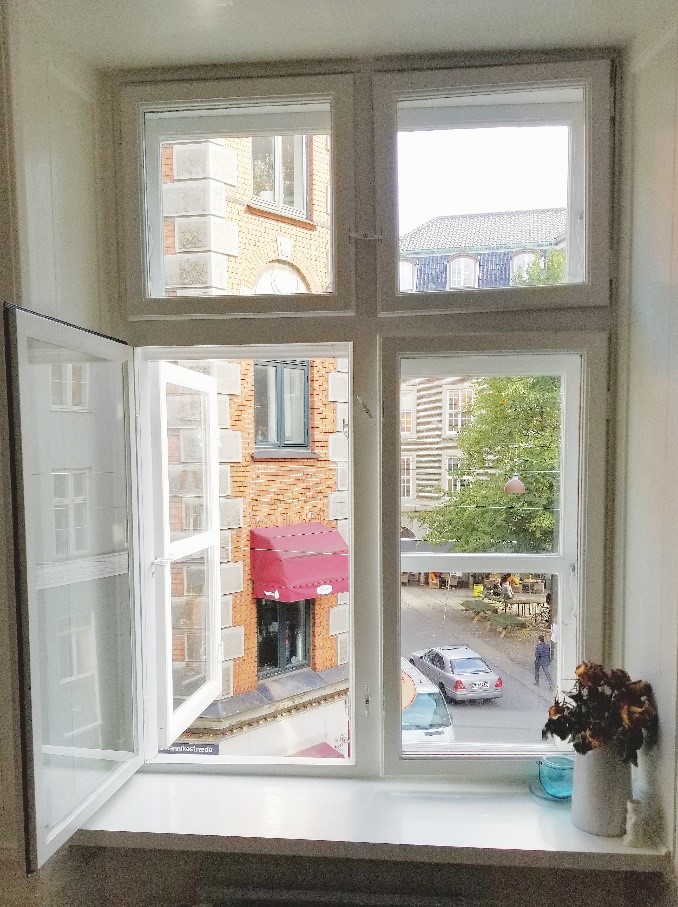
September 15, 2018
Fancy that! Another country and yet another kind of window! Still no screens, but this time there are two windows: one opens to the inside, one to the outside. I suppose it could keep the house more insulated in the colder winter months. This might actually be valuable since Denmark is so far north. The difference in temperature even now is a lot from Copenhagen back to Reutlingen and it took me by surprise. It wasn’t quite cold, but long sleeves were comfortable.

September 16, 2018
Just a note: the drying machines aren’t super great, and we get to pretty much hang dry all of our clothes. Once again, here in Germany it is a lot more environment friendly, and not using dryers as much is a big effect of that. Dryers use a lot of electricity and honestly tossing your clothes on a drying rack for a few hours does the job. Plus, your clothes won’t shrink or wear out as fast.
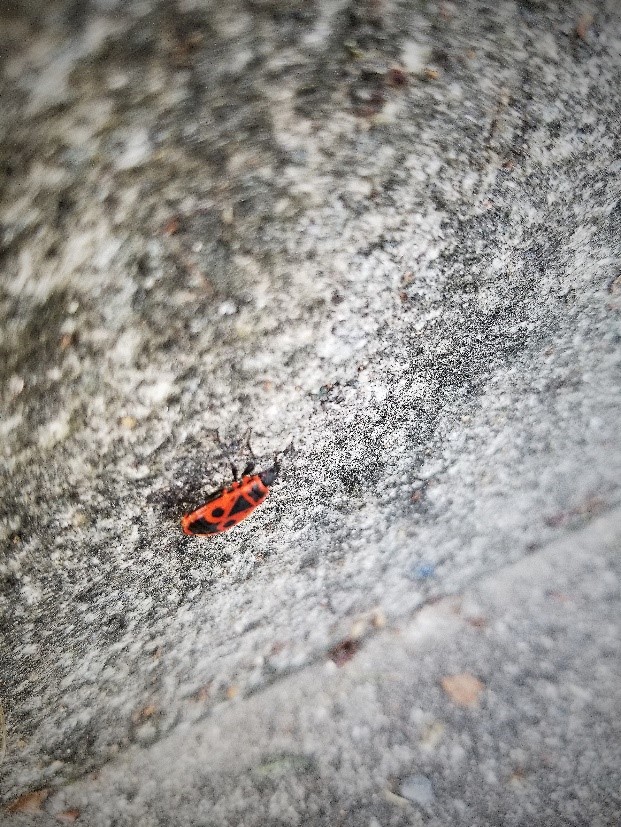
September 17, 2018
This is just a friendly bright-colored bug of some kind walking along.
The bug culture here in Germany is a little different… As the windows are open all of the time and there are no screens, bees and other insects can fly in and out at their leisure. It is a little different, but I don’t mind it to be quite honest. I mean, catch me the day a giant spider comes waltzing in through my wide open window and maybe it will be a different story, but for now, I kind of like the bees that occasionally visit while I’m just working on homework or making dinner. They really are harmless and having them everywhere kind of gives me an appreciation for the natural world that I never would have thought would be an effect of going abroad.
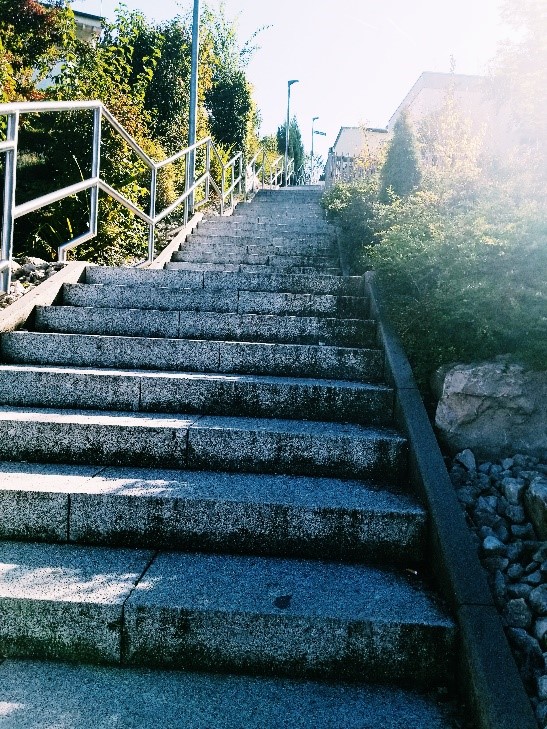
September 18, 2018
I must say, there sure are a lot of hills back in Reutlingen! What you can see in this picture is effectively a third of the height of this hill. I definitely could have used some physical training before coming here, but it really makes you appreciate the agility of the locals, who spend a lot of time either walking up an down hills or using bicycles, often electric bicycles.
Let’s just take a moment for the electric bicycles – I honestly did not know that those were invented. I suppose it makes sense… electric scooters, electric cars… of course there are electric bicycles… Anyways, the first week or so I was really impressed because I would see person after person glide up a giant hill with ease and I just thought they were just that strong because they were used to the hills. Alas, they were just all using electric bicycles. Not that it is really less impressive: they still have to pedal a lot for those hills, but just not quite as much as I thought they were.

